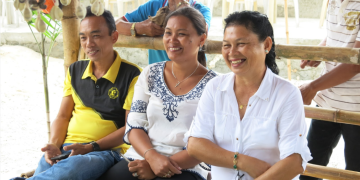Gobernanza y arreglos inter-instituciones a diferentes niveles
Creando una visión común del territorio a partir del agua
Los elementos clave para la conservación del ecosistema también son antrópicos
Apoyo de instituciones y organizaciones de base con presencia en el territorio
